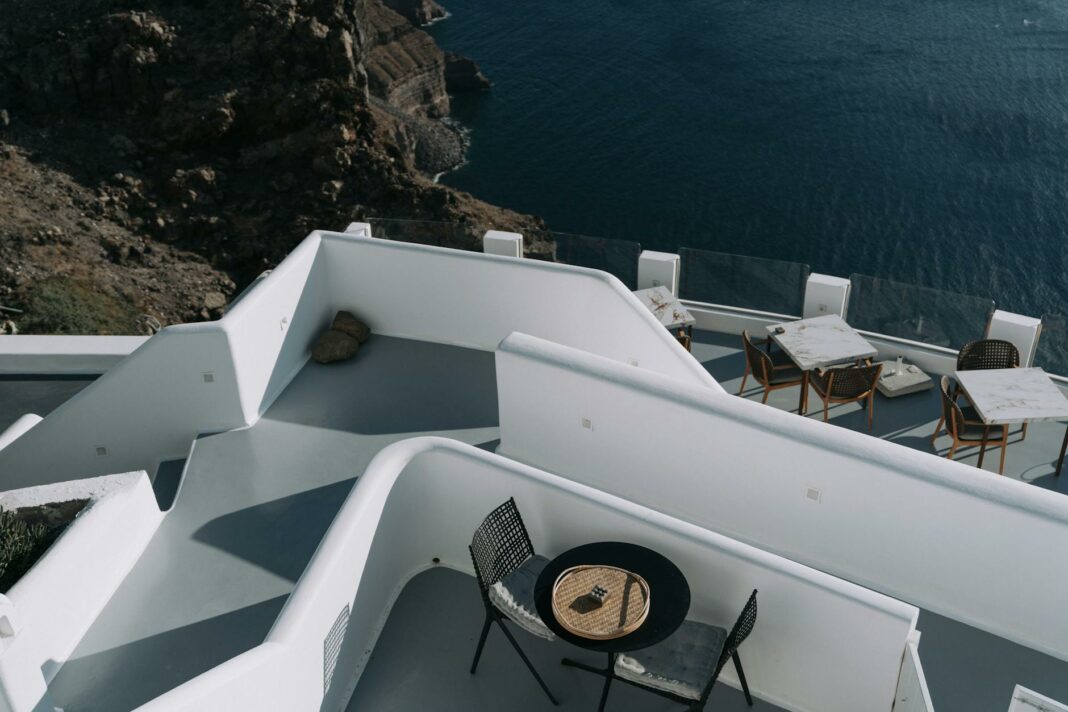Imagine a getaway that transcends ordinary relaxation, blending exploration with introspection. This approach to travel, termed modern pilgrimages, is captivating wanderers worldwide as they seek transformative experiences rather than superficial indulgences. Let’s dive into how these journeys might just represent the dream holiday you’re looking for, offering not just sights but profound experiences that linger long after the trip ends.
At its core, modern pilgrimage refers to a journey undertaken for spiritual or personal reasons, often to sites of historical or cultural significance. Think beyond the traditional notion of a pilgrimage solely for religious purposes. Today’s travelers are eager to traverse paths that inspire self-reflection, enlightenment, and connection with others. Enthusiasts may embark on a trek along the Camino de Santiago, exploring not only the physical terrain but the depths of their own beliefs and aspirations through shared experiences with fellow pilgrims. What makes this trend so compelling is its ability to weave personal narratives into broader historical tapestries, transforming what could simply be a tourism experience into a journey of self-discovery and communal bonding.
Several pilgrimage routes have gained traction recently, each with its unique allure and opportunities for adventure. For instance, the Camino de Santiago in Spain draws thousands each year, offering a blend of stunning landscapes, quaint villages, and a deep sense of history. Engaging with fellow travelers, many of whom share their life stories, creates a communal atmosphere that’s hard to replicate elsewhere. In addition to Spain, sites like the Kumbh Mela in India, a massive Hindu festival, and the Shikoku pilgrimage in Japan, famed for its serene beauty and spiritual significance, are emerging as transformative destinations. Each of these journeys presents an invitation to explore not just the world but the self, prompting travelers to contemplate their values and life paths in profound ways.
What’s remarkable about engaging in a modern pilgrimage is its potential to facilitate substantial personal growth. Navigating challenging terrains or simply interacting with fellow seekers can create an environment conducive to introspection and change. As the journey unfolds, participants often find clarity on personal matters, be it career dilemmas, personal relationships, or spiritual beliefs. The solitary nature of walking, especially on trails where one can disconnect from technology and societal pressures, allows thoughts to flow freely. Moreover, the shared experience with other pilgrims fosters dialogue, offering fresh perspectives that can shift one’s outlook on life significantly. By embracing these elements, each individual can emerge from their pilgrimage not just with memories, but with renewed vigor and fresh insights.
While personal reflection is vital, the spiritual dimension of modern pilgrimage cannot be overlooked. Many travelers report profound changes in their spiritual lives, whether they seek divine connection or simply a sense of purpose. Reconnecting with nature during a long trek can cultivate feelings of gratitude and humility, grounding individuals in an often chaotic world. Rituals performed at various stops, or spontaneous moments of contemplation at breathtaking viewpoints, can bind participants to something larger than themselves. The resonance of shared beliefs among fellow pilgrims can facilitate friendships that transcend geographical boundaries, deepening one’s sense of belonging in a fragmented world. Consequently, modern pilgrimages embody not only physical challenges but serve as gateways to emotional and spiritual enrichment.
Opting for a pilgrimage instead of a classic vacation redefines how one perceives travel altogether. While traditional holidays often focus on leisure, pampering, and sightseeing, a pilgrimage invites one to immerse in a broader tapestry of experiences rooted in intention and purpose. It’s about discovering quiet places that foster contemplation rather than bustling tourist traps. Think about the distinction—soaking up the ambiance of a peaceful chapel in the forest versus lounging by a crowded pool. The joy of pilgrimage lies not just in seeing new places but in wrestling with personal challenges and uncovering hidden aspects of oneself. This shift from escapism to deep engagement presents a compelling case for why one might choose this unique form of travel.
Modern pilgrimages offer an unparalleled way to discover both the world and oneself, challenging conventional travel paradigms. As society evolves, the quest for meaning becomes more pronounced, and these journeys present a perfect opportunity to cultivate that thirst for depth and connection. Rethinking how you approach travel could unlock a treasure trove of experiences that’s not merely about placing stamps in your passport. It’s about weaving a narrative that intertwines adventure with reflection, making your holiday an integral chapter of your life story.
What is a modern pilgrimage?
Modern pilgrimage refers to journeys undertaken for personal or spiritual reasons, often involving meaningful exploration of historical or cultural sites, rather than just traditional tourist experiences.
Can anyone participate in a pilgrimage?
Absolutely! Anyone can embark on a pilgrimage, regardless of their background. It’s more about the intention behind the journey than any specific requirements.
Are modern pilgrimages only for religious individuals?
No, modern pilgrimages attract individuals from all walks of life, including those seeking personal growth, adventure, or simply a unique travel experience.
How do I prepare for a pilgrimage?
Preparing for a pilgrimage typically involves physical training, researching your route, packing essential gear, and cultivating a mindset open to new experiences.
What benefits can I gain from a pilgrimage?
Participants often experience personal growth, spiritual development, opportunities for meaningful connections, and a profound sense of accomplishment through their pilgrimage journeys.
Image Credit: Pexels





